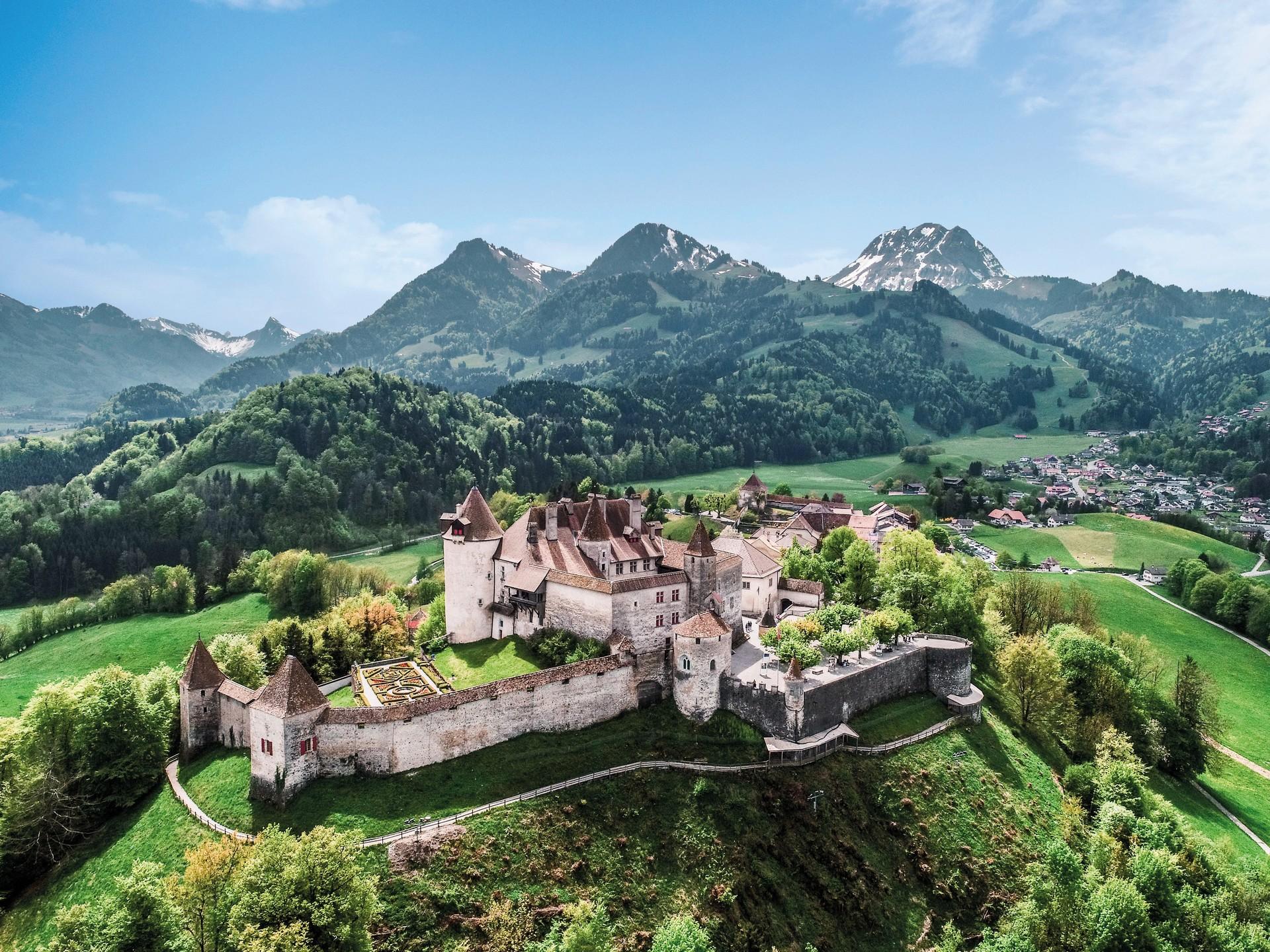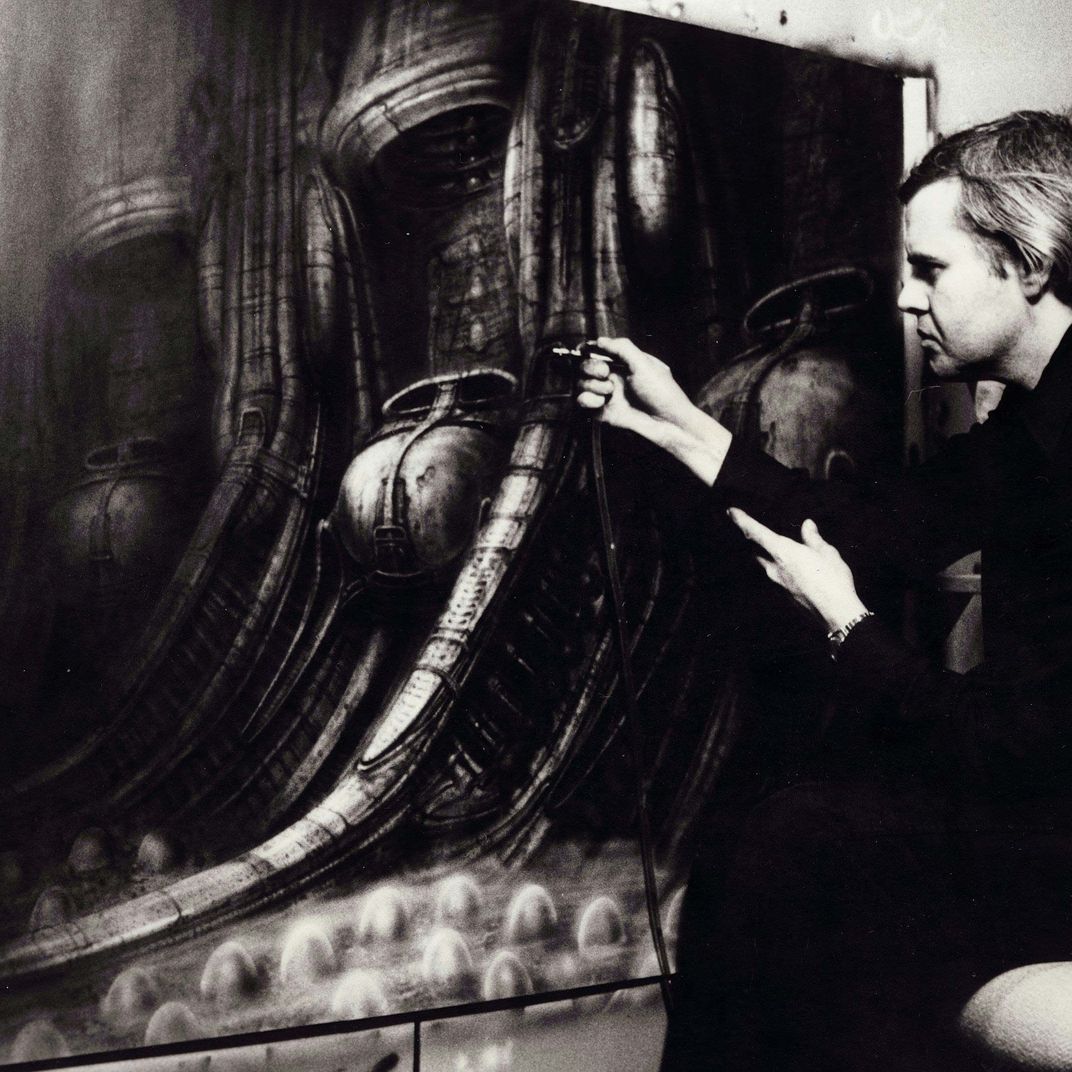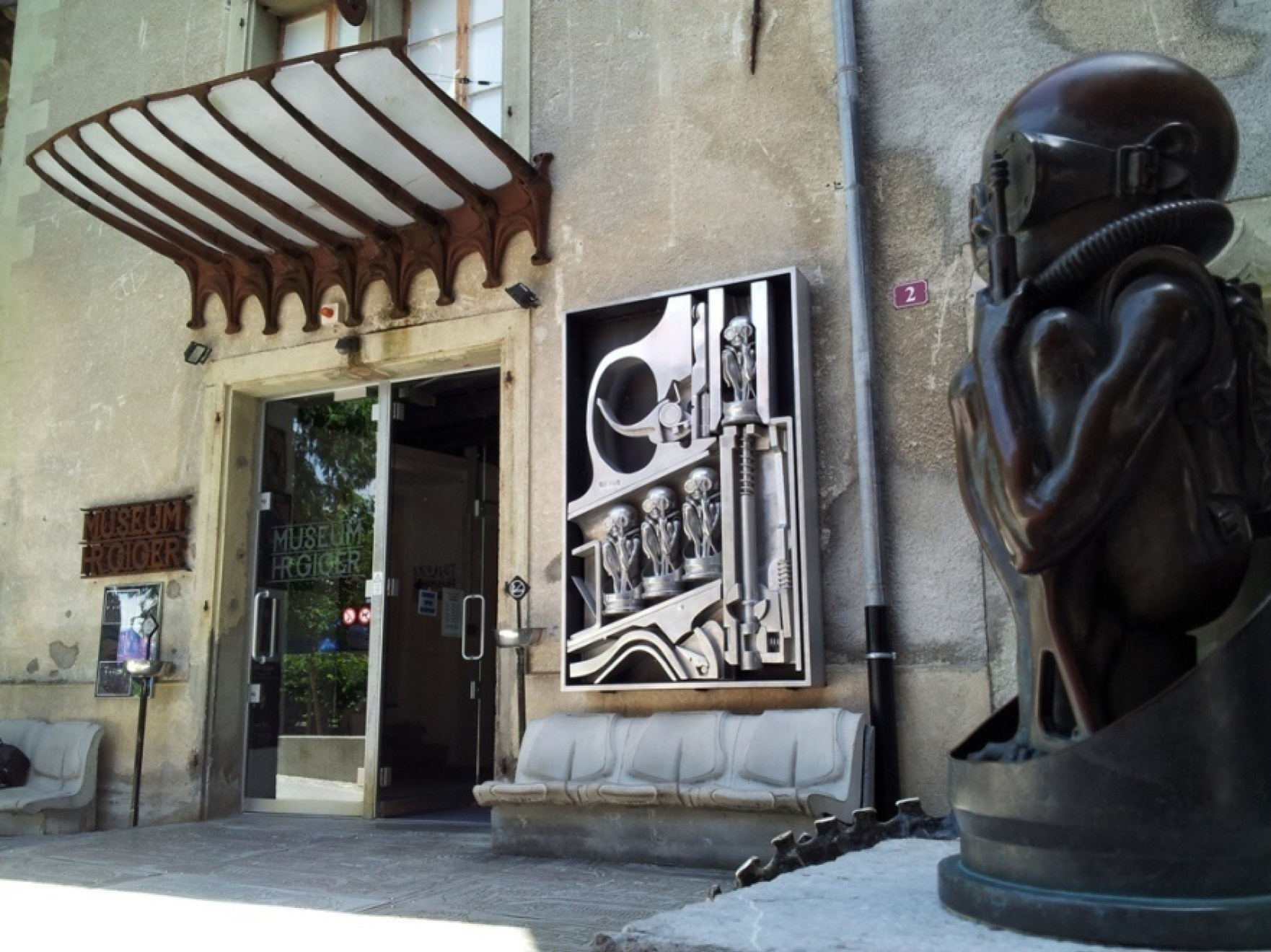HR Giger Museum — Gateway to the Biomechanical Unconscious

High above the misty valley of Gruyères, in a medieval castle where stone walls breathe and ribcages arch like cathedrals, stands the HR Giger Museum. Within Château St. Germain, reality fractures into dreamscapes of flesh and steel. This is not merely a museum — it is an initiation into the haunting visions of Hans Ruedi Giger, the Swiss artist who reshaped our nightmares.
Who Was H.R. Giger?
Born in Chur, Switzerland, in 1940, Giger was fascinated from childhood by the strange and the uncanny. He originally studied architecture and industrial design in Zurich, which explains the structural precision in his art. But it was his imagination — steeped in surrealism, sexuality, and mortality — that pushed him into darker dimensions.

By the 1960s, Giger was developing his signature “biomechanical” style: the fusion of flesh and machine, organic and industrial. His work was raw, erotic, and unsettling — a visual language that revealed the subconscious as both seductive and terrifying.
Giger’s global breakthrough came in 1979, when his design for Ridley Scott’s Alien earned him the Academy Award for Best Visual Effects. The creature — skeletal, phallic, nightmarish — became one of the most iconic monsters in cinema. But Giger was never just “the Alien guy.” His vast body of work spans paintings, sculptures, furniture, and entire immersive environments.



Why Gruyères?

In the late 1990s, Giger sought a permanent home for his life’s work. He found it in Gruyères, a medieval village in the Swiss canton of Fribourg. The town is known worldwide for its cheese, fairytale castle, and cobblestone streets — a charming postcard of Swiss heritage.
It may seem like an unlikely place for Giger’s biomechanical universe, but that’s precisely the magic. The contrast between Gruyères’ idyllic Alpine setting and the surreal darkness of Giger’s art creates a powerful tension.
He purchased Château St. Germain in 1997 and transformed it into the HR Giger Museum, which officially opened on June 21, 1998. The museum is both shrine and contradiction: an alien cathedral nested inside a medieval stronghold.

Inside the Museum — A World Between Flesh and Machine
The HR Giger Museum houses over 500 works, including:
-
Original paintings from the 1960s through his final years.
-
Film designs from Alien, Dune, Species, and Poltergeist II.
-
Sculptures and furniture, including his infamous “Harkonnen Chairs”, designed for Alejandro Jodorowsky’s unmade Dune.
-
His private art collection, featuring works by artists who shaped his vision.



The HR Giger Bar — Drink in the Abyss
Directly opposite the museum, the HR Giger Bar (opened in 2003) offers a chance to step inside one of Giger’s paintings.
-
Ceilings curve like spinal columns.
-
Thrones resemble fossilized skeletons.
-
Every detail, from arches to tabletops, pulses with his biomechanical design.







